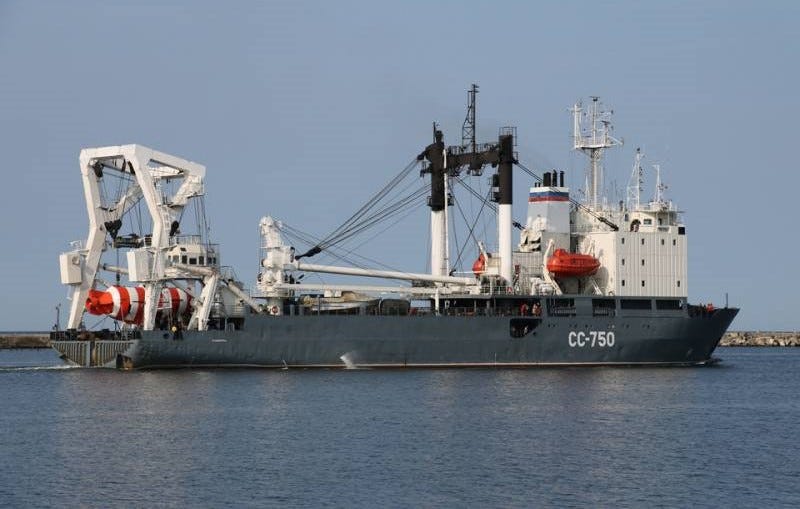Now we know who did it.
A Russian underwater operations vessel, SS-750, was photographed while operating close to the Nord Stream pipelines four days before explosions tore them apart last September. As seen above, she carries an AS-26 Priz rescue submarine equipped with “arms” that can lift up to 110 lbs (50 kg), more than enough to transport d…
Keep reading with a 7-day free trial
Subscribe to Polemology Positions to keep reading this post and get 7 days of free access to the full post archives.


